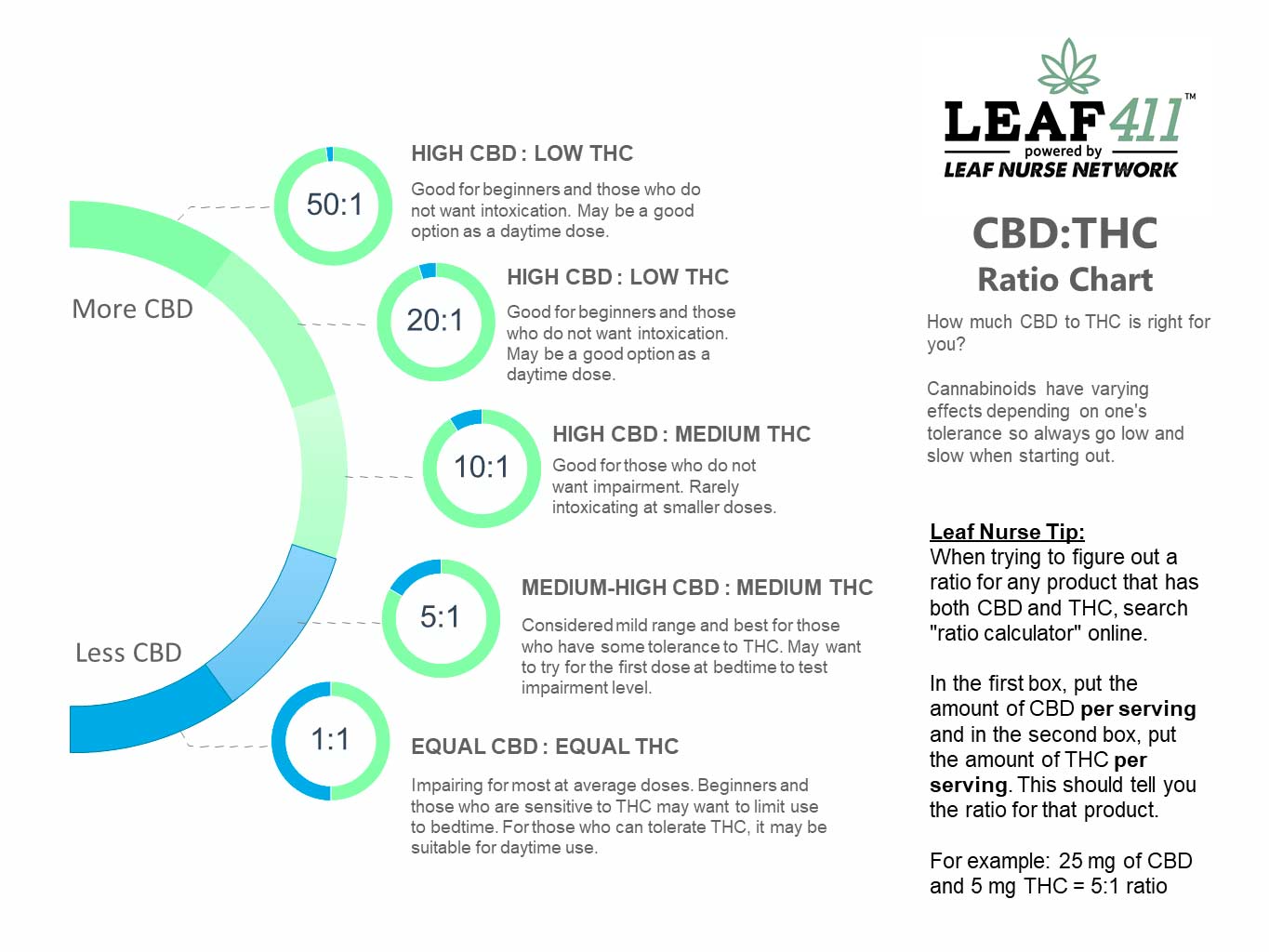How Different CBD:THC Ratios and Types of Products Can Help with Pain
Medically reviewed by Katherine Golden, RN
Written by Denise Rustning
Last week, we overviewed different types of pain and shared how cannabis might help.
When it comes to treating pain with cannabis, both the type of product and the ratio of cannabinoids matter. The two primary cannabinoids are tetrahydrocannabinol (THC) and cannabidiol (CBD), though the cannabis plant contains many other cannabinoids, terpenes, plus other compounds that contribute to its therapeutic effect.
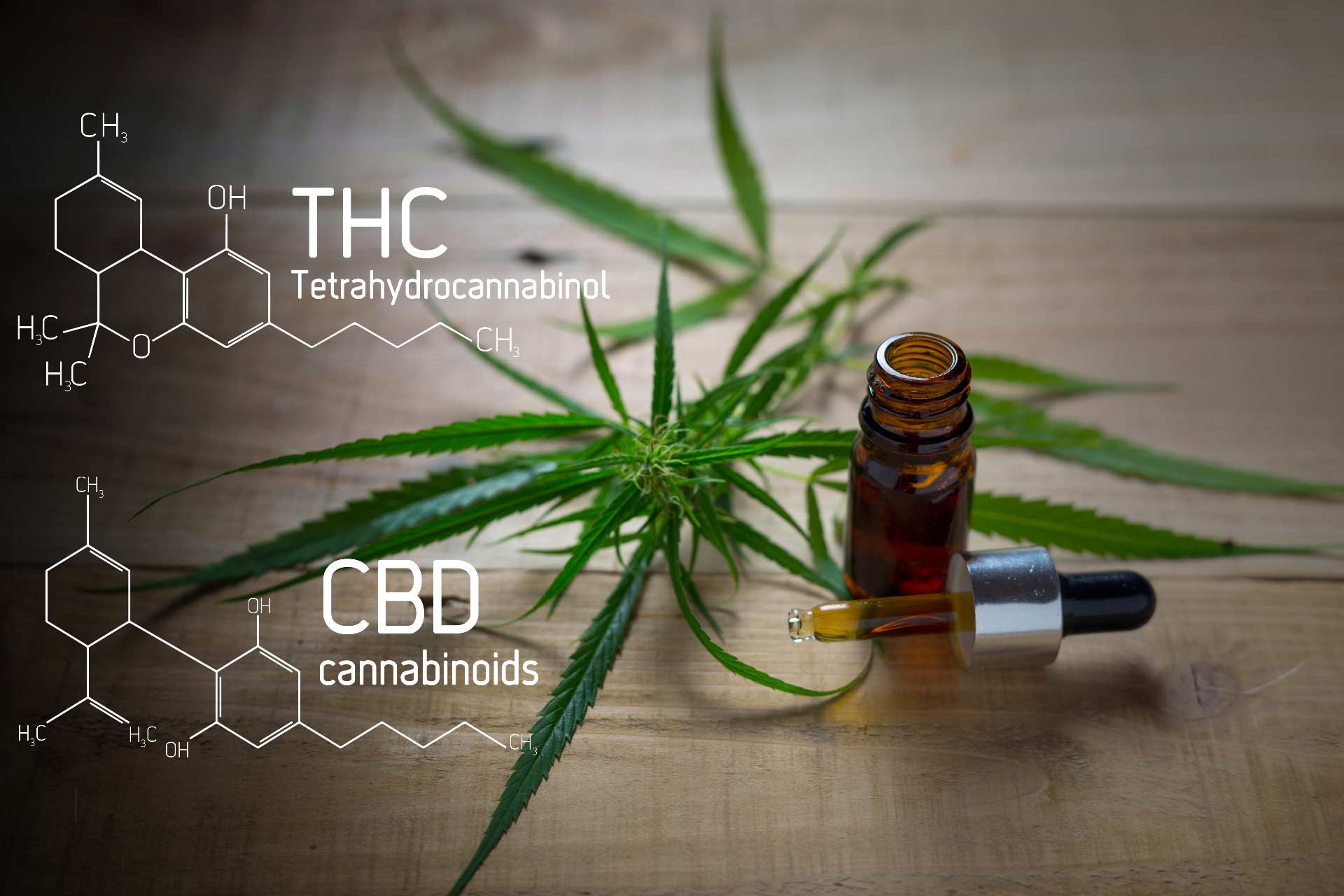
CBD: This cannabinoid is the star player in hemp products which are federally legal. CBD hemp products are required to have below 0.3% THC, which is such a small amount that it’s not intoxicating and won’t get you high. You’ll also find CBD in cannabis products that contain higher levels of THC.
THC: The cannabinoid responsible for the “high,” if used in large enough amounts. Cannabis products containing over 0.3% THC remain illegal at the federal level and can only be legally purchased in states that have legalized recreational or medical marijuana.
Understanding the roles that both CBD and THC play in managing pain can help you find the best product for your needs. If you need a quick refresher on the types of pain that CBD and THC work best on, check out our previous post here.
Timing Your Dose: How Different Cannabis Products Reduce Pain
Whether you’re looking at CBD hemp or cannabis containing higher levels of THC (sold legally in dispensaries), you have several different routes of administration to choose between:
- Inhalation (smoking, vaping): Takes effect immediately and lasts 2-4 hours. This is a great choice for instant relief and for treating breakthrough pain (a flare-up in pain when you’re already taking longer-acting cannabis products). You can also layer inhaled cannabis with a longer-acting method (more on layering below) to help get you through the night.
- Transdermal (patches, gels): Extended release option that takes effect quickly, since the cannabinoids are absorbed directly into your bloodstream. The time of onset is rapid, sometimes within 20 minutes. Transdermal products provide a consistent dose of medicine for up to 12 hours. The transdermal patch or gel is used on an area where the veins are near the skin’s surface—like the inside of your wrist or on your ankle.
- Sublingual (placed under the tongue): Sublingual administration can provide rapid relief, but there are few true oromucosal (sublingual) products on the market. Cannabinoids are fat-soluble and, in their natural state, do not absorb well into the oral mucosa. Moreover, cannabis products are often extracted into oils, and these products are not water-soluble. Patients often expect rapid onset when using tinctures, only to wait 1-3 hours for the dose to take effect. Many products marketed as tinctures will end up being swallowed and absorbed via the digestive system, regardless of how long they are held under the tongue. A true sublingual (a product in which the cannabinoids are formulated to be more water-soluble) absorbs rapidly into the mouth. The effects can be perceived in 15-20 minutes and can last 4-6 hours.
- Edibles (gummies, capsules): Edibles take effect in between 30 minutes and 2 hours. You’ll feel their effects between 5-8 hours. They provide a discreet, portable long-acting option.
- Topicals (creams, salves): Topicals provide short-term localized relief. They can take effect within minutes, and may last for up to an hour.
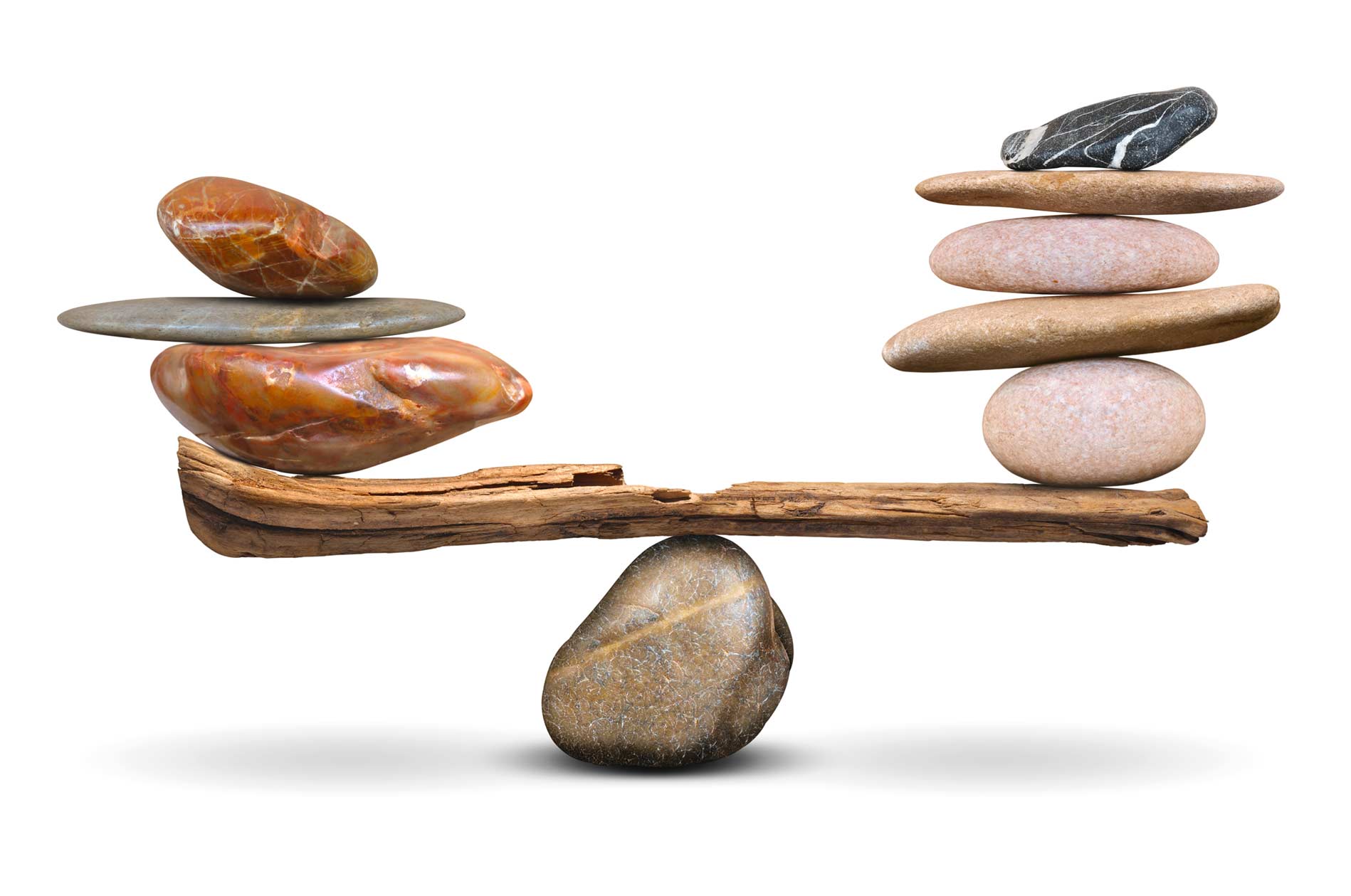
Understanding CBD:THC Ratios
Most marijuana flower sold at legal dispensaries is THC-dominant, with very little CBD. Of course there are exceptions, such as The Wife strain or even some CBD hemp flower strains. However, odds are that if you’re using flower, you won’t find ratios connected to the strain.
Once you start looking at other cannabis products, including vapes, you’ll notice ratios on many—but not all—product labels. Common ratios include 1:1, 5:1, 10:1, and even 20:1. What do these numbers mean? And how do they help with your pain?
The ratio indicates the amount of CBD compared to the amount of THC.
- A 1:1 ratio is when the amount of CBD and THC are the same in each dose.
- On the other hand, if a product has a 5:1 ratio, that means there’s five times as much CBD as THC in each dose.
It’s important to note that the ratio is not the same as the amount of CBD and THC. Our supporting member 1906 makes several different products, including their Midnight drops and Genius drops, that are designed to be swallowed. The ratio of each of these recreational products is 1:1—but the amount of CBD and THC in each is different.
- The 1906 Midnight 1:1 drops have 5 mg of CBD and 5 mg of THC per dose.
- The 1906 Genius drops are also a 1:1 ratio; however, they have 2.5 mg each of CBD and THC.
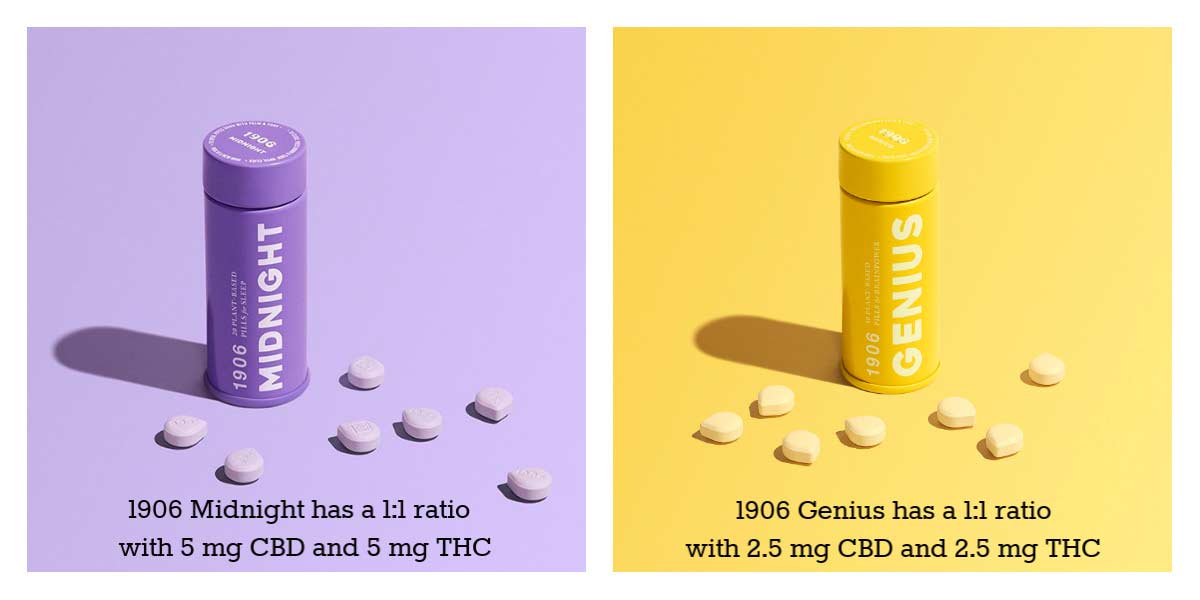
What if a product doesn’t list a ratio? In that case, look closely at the product label. The chances are good that the product either contains all CBD, with little or no THC (legal CBD hemp products fall in this category), or the product contains all THC.
What’s the Best CBD:THC Ratio For Your Pain?
The CBD and THC cannabinoids work individually to target different types of pain. By combining them in different ratios, though, you can achieve different effects to fit your specific needs.
While everyone is different, the following guidelines work for most people:
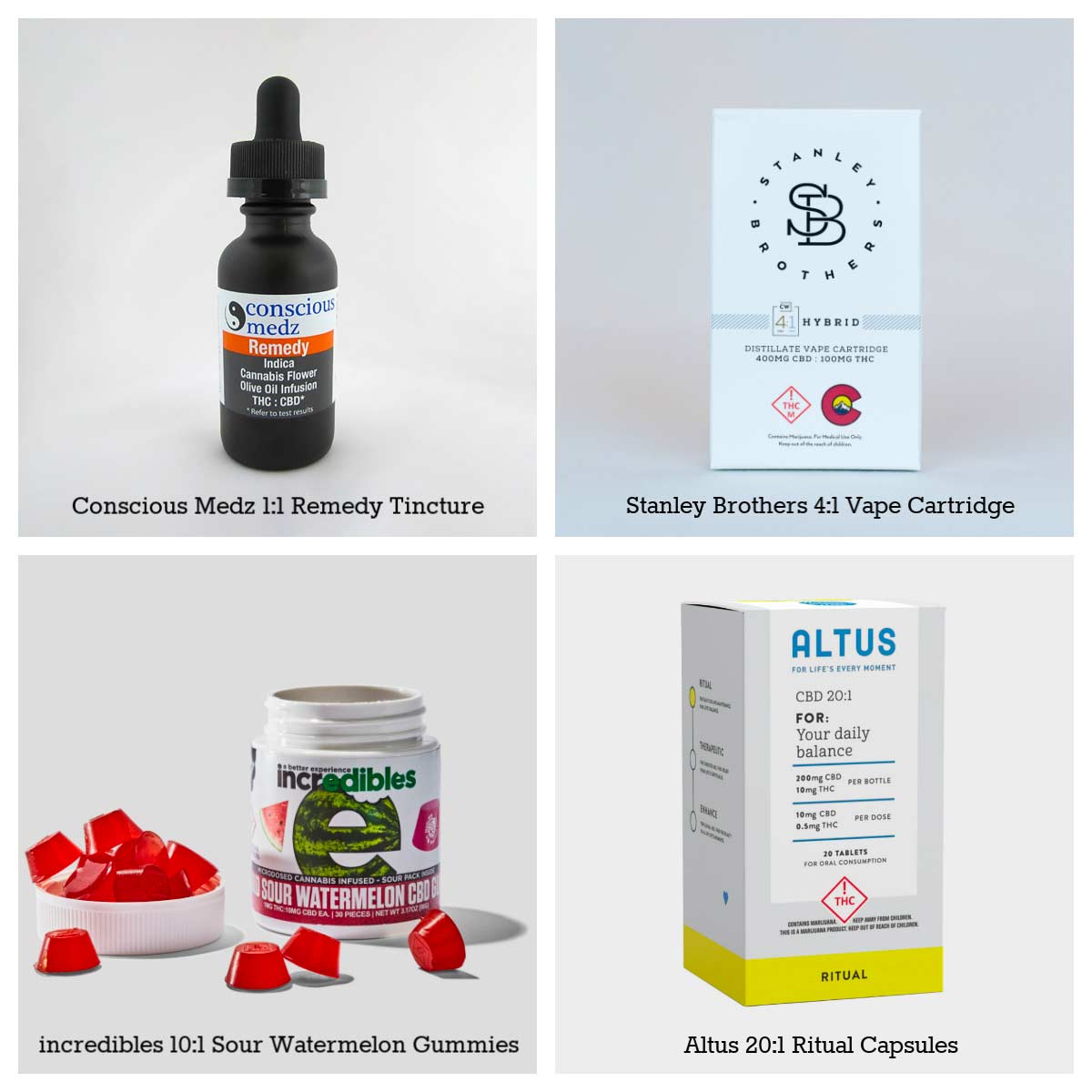
1:1 – Equal amounts of THC and CBD. A good option to try for all kinds of pain, including neuropathic pain. Products with a 1:1 ratio can be uplifting but this ratio will most likely cause impairment if using the suggested serving size. Always start low, go slow, to avoid intoxicating effects.
2:1, 4:1, 5:1 – A balanced product that can provide optimized levels of both CBD and THC for medicinal use, based on the fact that higher doses of CBD are often needed for relief. Can be intoxicating.
10:1 – A high CBD alternative for people who find the 5:1 ratio to be too intoxicating.
20:1 – High CBD levels along with very low THC levels provide a good option for managing inflammation pain. Very rarely intoxicating.
Leaf411’s supporting members offer many different CBD:THC ratios to meet different needs.
Layering Different Cannabis Products
Have you ever woken up in the middle of the night when your pain medication wore off, and suffered as you re-dosed and waited for the medicine to kick in? Fortunately, with CBD and THC products, you can layer different product types to reduce the changes of this happening.
For example, you might use a shorter-acting sublingual pill or vape to bring instant relief, together with an edible or transdermal patch to get you through the night.
If you’re using products containing THC (the cannabinoid that can be intoxicating and make you feel “high”), you’ll want to be careful with your dosing to make sure you don’t get end up with too much THC. The best approach is to start low and slow.
While you cannot overdose on THC, the feeling of being “too high” can be uncomfortable. Our website provides tips for what to do if you feel too high.
Cannabis as an Adjunct Therapy
Depending on how you use cannabis and other medications, there can be possible medication interactions. Our Leaf411 library offers guidance on specific medication interactions here.
We recommend consulting with a clinician before combining cannabis (which includes CBD hemp products!) with pharmaceuticals or over-the-counter pain medications.
Our Leaf411 cannabis-trained registered nurses can help with questions specific to medications you’re taking, and our service is FREE! Call us at 844-LEAF411 (844-532-3411).
We’re Here to Help!
We realize that it can feel overwhelming when researching cannabis for pain. There are so many options—different types of products and different ratios.
Research on cannabis as a safe alternative for treating pain continues to grow. As nurses, we’ve heard and seen firsthand the power of this plant-based medicine, and we stay up-to-date on the latest findings and clinical guidelines for using cannabis for pain.
Our Leaf411 hotline nurses have both specialized training and experience helping people to find the best option for their particular situation. We’d love to share our expertise with you as well! Reach out to us on our free, anonymous hotline at at 844-LEAF411 (844-532-3411).
The Leaf411 cannabis nurse hotline provides free, anonymous education and directional support to the general public about the safe use of legal cannabis. We partner with select business members who meet our rigorous standards to extend our education and outreach efforts.

